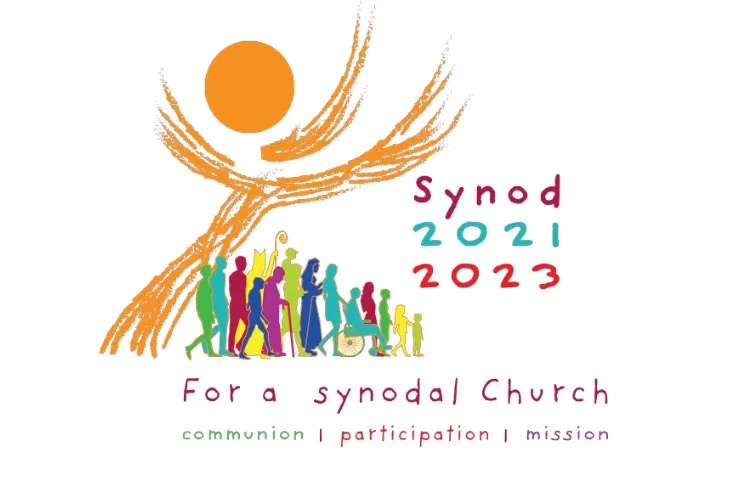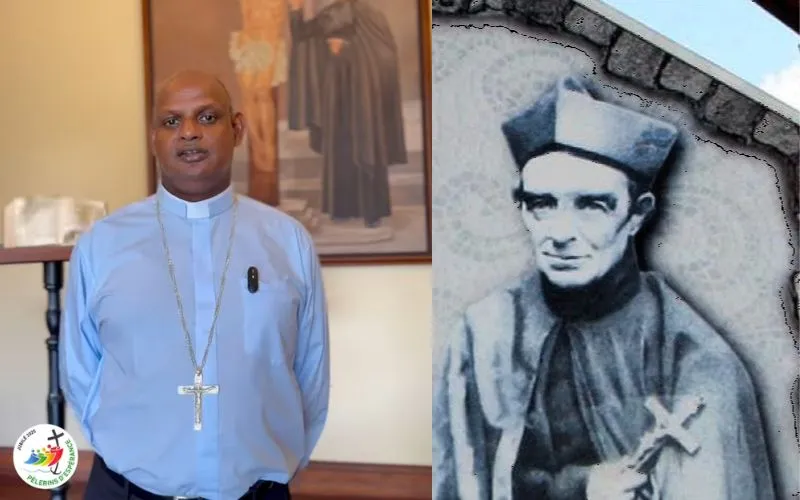These are the questions the writing group will be considering:
-
Which intuitions resonate most strongly with the lived experiences and realities of the Church in your continent? Which experiences are new or illuminating to you?
-
What substantial tensions or divergences emerge as particularly important in your continent’s perspective? Consequently, what are the questions or issues that should be addressed and considered in the next steps of the process?
-
Looking at what emerges from the previous two questions, what are the priorities, recurring themes, and calls to action that can be shared with other local Churches around the world and discussed during the first session of the Synodal Assembly in October 2023?
The synod is currently taking place in phases. The diocesan phase — in which about 700,000 people in the U.S. participated, out of 66.8 million Catholics in the country — ended last spring. The Vatican had asked all dioceses to participate, hold consultations, and collect feedback.
Along the way, the synodal process has sought to be “a kind of checkup of the health of the People of God scattered all over the world, with its difficulties, its trials, but also with its hopes and joys,” according to one organizer. It seeks, according to Vatican documents, to learn how the process of “journeying together” is happening in local Catholic churches across the world. At the same time, the synod has garnered controversy due, in part, to calls for changes to Church teaching and governance that have emerged during the consultation process.
The synod is now in the midst of its continental phase. Cardinals Mario Grech and Jean Claude Hollerich, who are overseeing the worldwide synod process, both have said that it will be the task of the Continental Assemblies to identify “the priorities, recurring themes, and calls to action” that will be discussed during the first session of the Synod of Bishops Oct. 4-29.
In North America, this phase consisted of a series of 10 virtual meetings of delegates appointed by the bishops of the United States and Canada. (The Catholics and bishops of Latin America, including Mexico, held a separate Latin American and Caribbean Continental Assembly.)
Holding the assemblies virtually, the bishops said, allowed for opportunities for participation in languages other than English. In all, there were five meetings held in English, three in Spanish, and two in French.
The first meeting in English took place on Dec. 14, 2022, and the last one took place Jan. 25. The Spanish and French meetings wrapped up Jan. 18 and Jan. 19, respectively. The assemblies included opportunities for prayer, spiritual reflection, small-group listening circles, and large-group sharing.
The bishops of each of the 192 dioceses in the U.S. and the 72 dioceses in Canada each appointed three to five delegates to represent them at the virtual assemblies. The meetings featured discussions on three reflection questions contained in the synod’s working document, which is filled with direct quotations from the reports sent by bishops’ conferences around the world. The 44-page document, which the Vatican released in late October 2022, summarizes the reports shared with the Vatican by bishops’ conferences, religious congregations, departments of the Roman Curia, lay movements, and other groups and individuals.
That document calls for “a Church capable of radical inclusion” and says that many synod reports raised questions about the inclusion and role of women, young people, the poor, people identifying as LGBTQ, and the divorced and remarried. The document, however, is not “conclusive,” organizers say, but rather is meant to spark dialogue and arouse feedback on what should be the priorities for discussion going forward.








